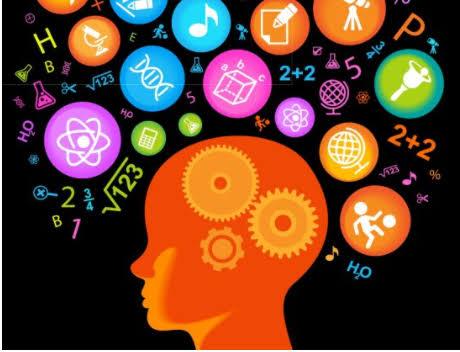The Disfluency Effect: Science-Backed Font Tricks to Improve Learning
You’re reading a book, but the text is in a fancy, slightly messy font. You slow down, focus more, and maybe even reread certain parts to make sure you understand. Now, think about another book where the text is large, bold, and crystal clear—you breeze through it effortlessly.Which one do you think you’d remember better? Most people assume the second one. After all, easier must be better, right? But what if the opposite is true? While it might seem annoying at first, research suggests that this slight difficulty, known as the disfluency effect can actually help you remember things better! In this article delight, we’ll explore how small font tweaks can boost comprehension and recall. Get ready to discover simple, research-backed tricks to make learning more effective!
What is The Disfluency Effect ?
The Disfluency Effect is the idea that making information slightly harder to process can actually improve learning and memory retention. When people encounter text or information that requires more effort to understand (such as a difficult-to-read font or complex phrasing ) they engage in deeper cognitive processing, leading to better recall.
Why Does The Disfluency Effect Happen?
When information is too easy to process, we tend to skim through it without much thought. But when we face a small challenge (like reading a tricky font), our brain works harder to decode the information, making it more memorable.
How Can You Use It? | Science-Backed Font Tricks to Improve Learning
Use Slightly Hard-to-Read Fonts
- Studies show that fonts like Haettenschweiler, Monotype Corsiva, or Comic Sans Italicized can improve retention.
Avoid Overly Large Fonts for Study Material
- People assume bigger fonts aid memory, but research suggests otherwise.
Bold Text Improves Recall
- Study says that bold fonts enhance memory better than regular or italicized text. Key concepts in notes should be bolded for better retention.
Mix Font Styles for Better Engagement
- Changing fonts between sections can keep the brain engaged. For example, using serif fonts (like Times New Roman) for body text and sans-serif (like Arial) for headings can create contrast.
Use Spaced and Legible Formatting
- Ideal font size: 12-14pt for body text, 16-18pt for headings.
- Proper line spacing (1.5x or 2x) aids readability without making it too easy
Handwriting Can Enhance Memory
- Writing by hand creates natural disfluency, requiring more effort than typing.
Final Takeaway| The Disfluency Effect
While it may seem counterintuitive, making information slightly harder to read can actually improve learning and memory. The Disfluency Effect shows that a little challenge forces deeper cognitive processing, leading to better retention.By choosing the right fonts, using bold for emphasis, and even incorporating handwritten notes, you can optimize the way you absorb and recall information. So next time you’re studying or creating learning materials, experiment with font choices. A small tweak in typography might be the secret to better learning!
Further insights, research study https://escholarship.org/uc/item/4wd1s7hj
Read also : 10 Best Getting to Know You Questions | Meaningful Conversations https://thebrightdelights.com/10-best-getting-to-know-you-questions-meaningful-conversations/
